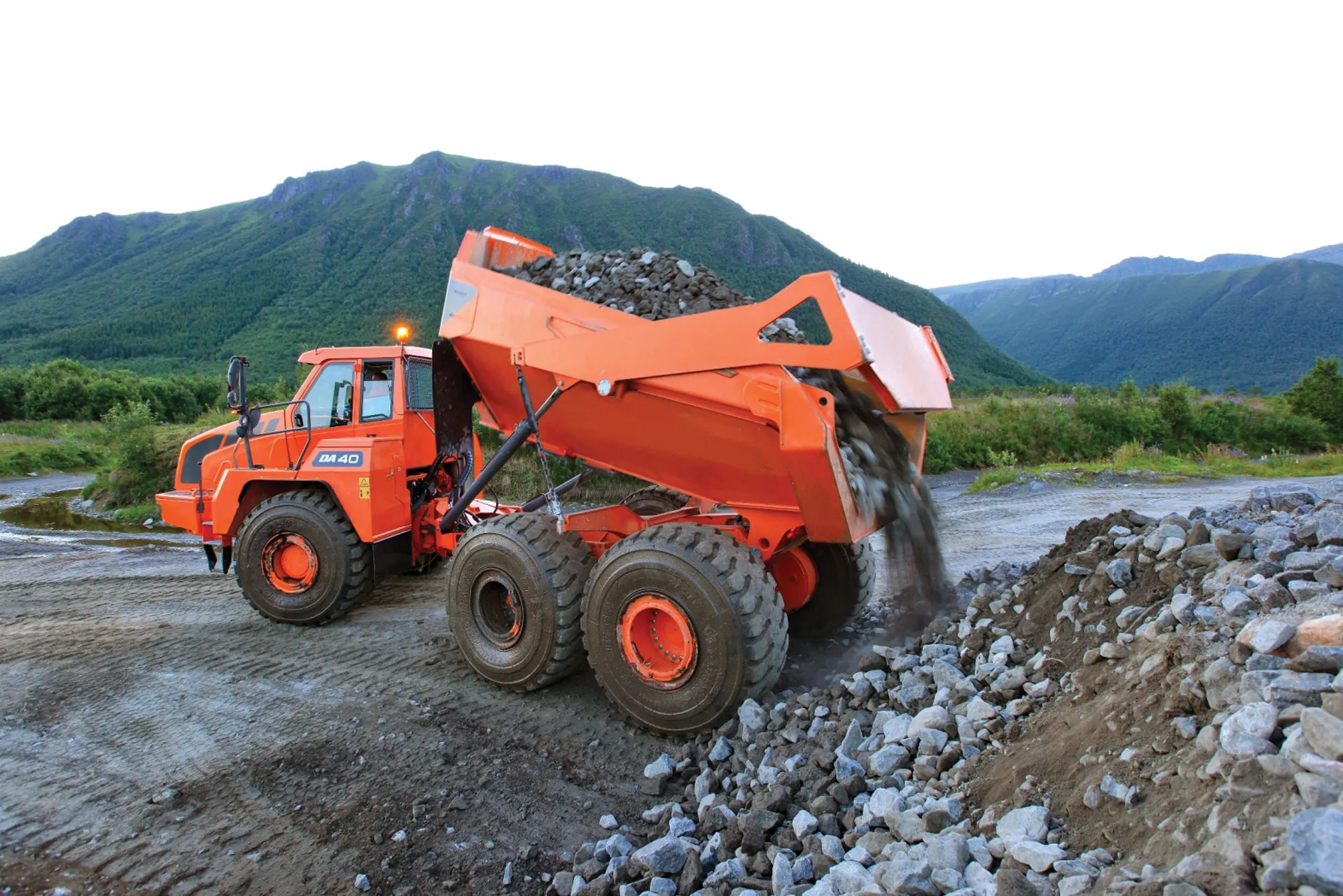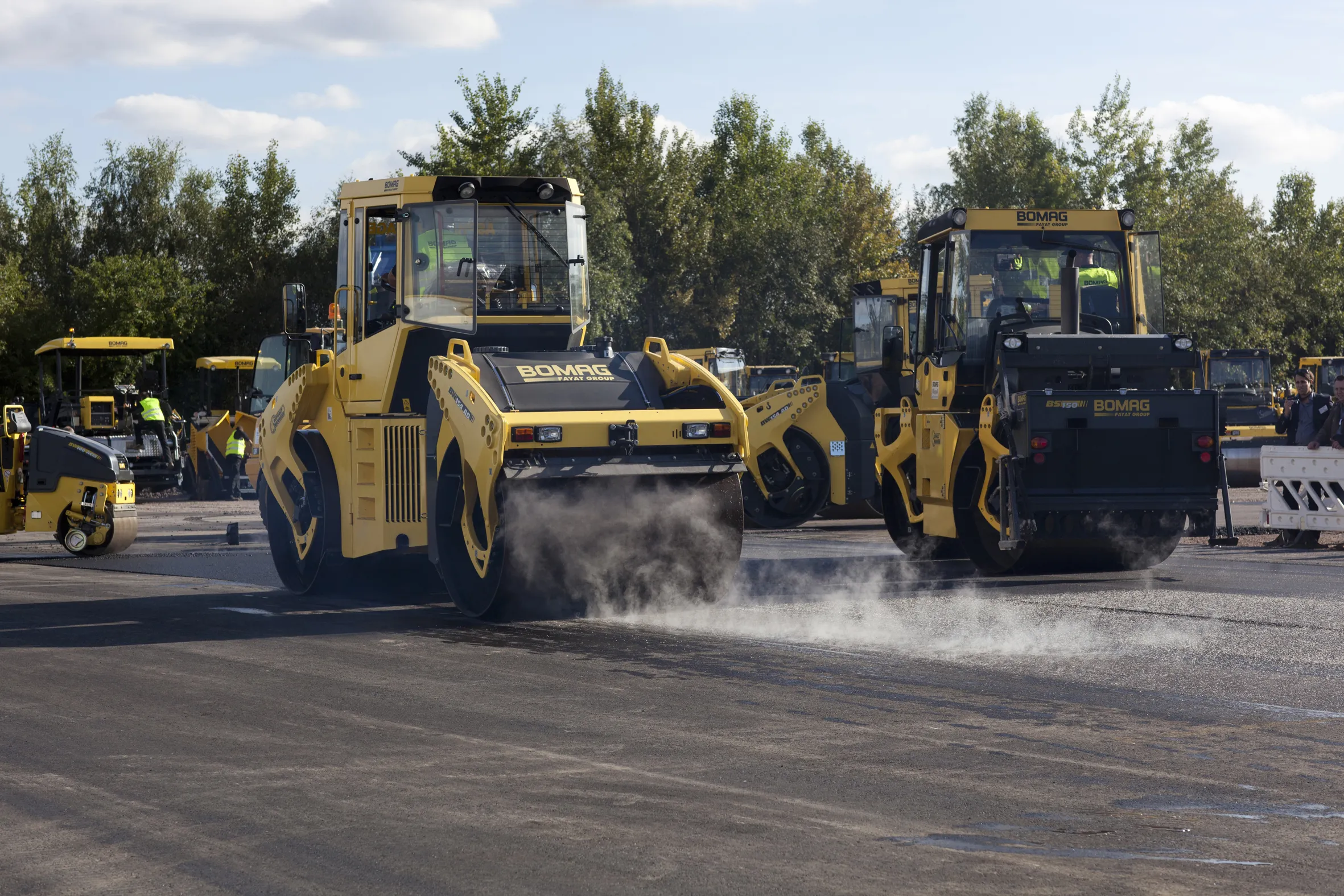Doosan is offering increased performance for its DA30 and DA40 ADTs, boosting productivity in earthmoving as well as extraction operations. New features include a levelling meter developed to meet increased safety requirements in the quarry industry will help to raise the safety bar even further.
The system uses rotation sensors installed on the front and body of the truck which provide a graphical readout on the control panel. This tells the driver whether or not it is safe to drive the truck forward and
September 30, 2013
Read time: 2 mins

The system uses rotation sensors installed on the front and body of the truck which provide a graphical readout on the control panel. This tells the driver whether or not it is safe to drive the truck forward and also gives a warning to stop if there is a danger of turning the body of the truck over.
The improved performance monitoring and fault detection system helps cut maintenance costs and reduce downtime while the firm’s new payload and cycle count meter uses load sensors on the front and body sections of the machine to provide an immediate readout of payload. This has an accuracy of +/- 5% and the load is registered and counted in the vehicle control unit if the weighing value is at least 3tonnes. To prevent more than one registration/ load the next registration is not possible before the vehicle has travelled more than 50m or after a timeout of three minutes. The payload is recorded as a total as well as for certain periods or hauls and the data can be downloaded to a USB memory stick or sent as an attachment by GPS.
To reduce fuel consumption an economy mode controls the engine rated speed automatically when activated and is particularly suited to use on long distance haul roads. The new improved powertrain and electronics on the DA30 and DA40 models allows Doosan to decrease the rated speed for the engine, and work with optimal power and torque to further improve fuel efficiency.








